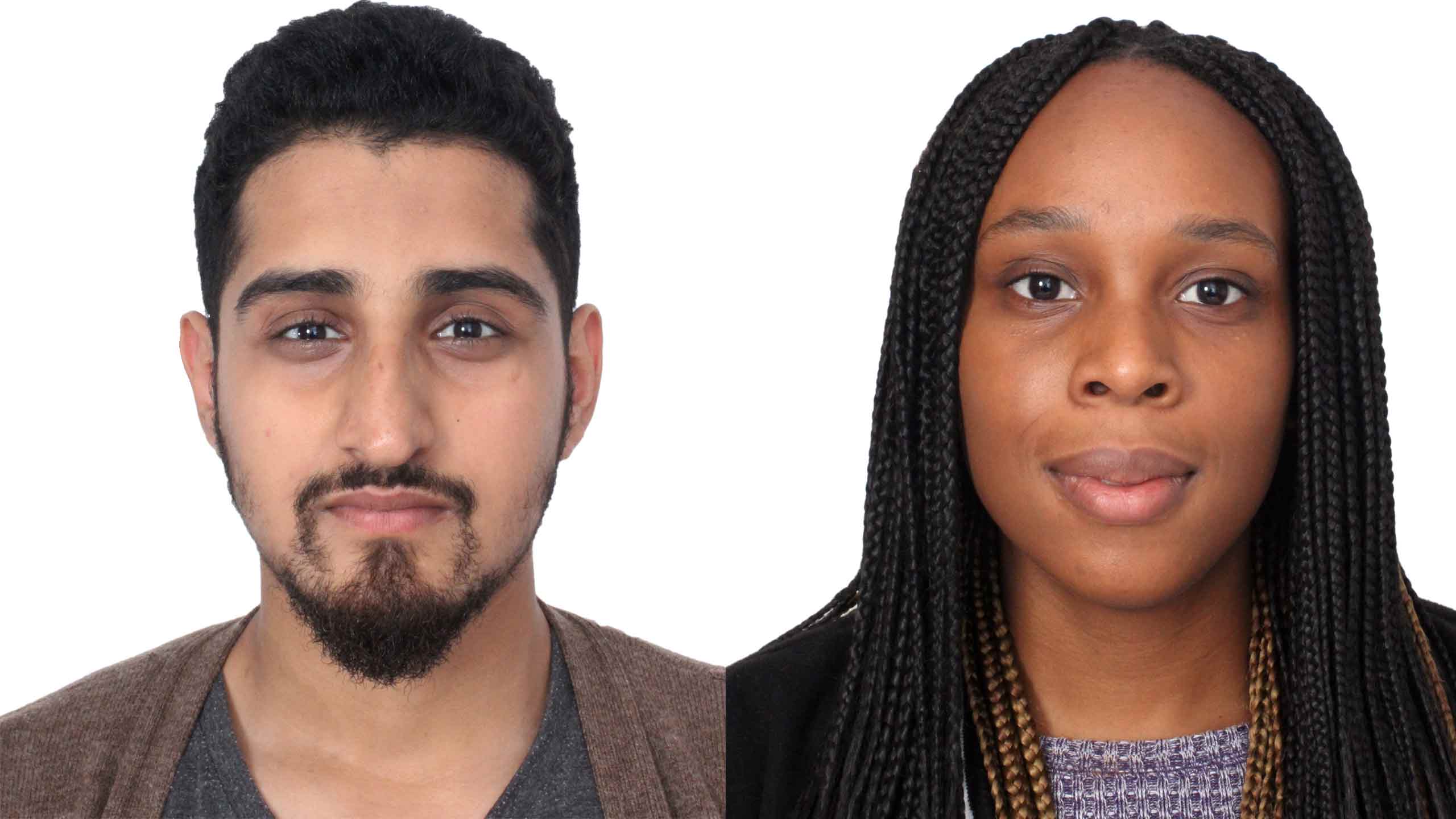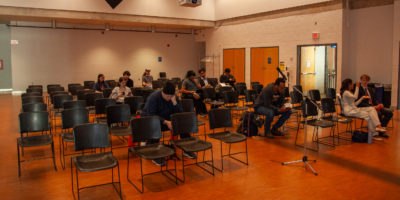By Alanna Rizza
A diversity report released earlier this month by Ryerson’s office of equity, diversity and inclusion (EDI) revealed that the diversity of university professors does not align with that of the student population.
The data was collected from the 2013-2014 school year using a questionnaire that was completed by 4,400 employees. Diversity is ranked in percentages using five equity groups: women, racialized or visible minorities, persons with disabilities, Aboriginal and LGBTQ.
According to the EDI website, Ryerson’s aim is to have its employee diversity match the student population. However, this is not the case when the numbers are broken down by employee positions.
While half of Ryerson employees identify as women, only 26 per cent of the full-time professors identify as women (compared to 54 per cent of Ryerson students).
Ryerson Students’ Union vice president equity Tamara Jones said that being taught consistently by professors who do not represent equity groups, “devalues the way that other people think, the way that other people learn, the things that other people think are important.”
“Especially at a school like Ryerson where we are such a diverse population and we all come from so many different places, it’s important to have yourself represented in front of the classroom and have your views being taught.”
At least two per cent of Ryerson full time students are Aboriginal, but according to the report, there are no Aboriginal senior leaders or full-status professors.* The data on the Aboriginal student population came from Ryerson’s 2014 National Survey of Student Engagement (NSSE), however, it is limiting because it only includes students in first and fourth year in full-time programs.
In September, Ryerson president Mohamed Lachemi said in his installment speech that he would make it a priority to reach out to the Aboriginal community to provide easier access to education.
Cyndy Baskin, associate professor of the school of social work, academic coordinator, and chair of the Aboriginal education council, said that Ryerson can bring in more Aboriginal faculty by making the curriculum more diverse. She added that the university needs to offer more mentorship to Aboriginal instructors who want to become professors.
“It needs to be written very clearly why Ryerson is asking Aboriginal people to self-identify, what’s in it for us to identify, what happens with the information,” Baskin said in an email.
Ryerson’s founder, the notorious Egerton Ryerson, was known for his involvement in residential schools—a government-sponsored initiative to assimilate Aboriginal youth into Canadian culture. Baskin added that Ryerson could become a more welcoming place for equity groups by adding a plaque to his statue detailing his controversial history.
In the report, fifty-five per cent of students in full-time programs identified as racialized or of visible minorities, but, similar to the imbalances amongst male and female professors, racialized professors are poorly represented at 28 per cent.
LGBTQ representation is more balanced comparatively (seven per cent of students identify as LGBTQ versus six per cent of professors).
Statistics for representation among those with disabilities are also included. Eight per cent of Ryerson students have a disability, compared to six per cent of professors.
But this lack of representation is not only an issue at Ryerson.
According to York’s 2014 statistical employment equity report, one per cent of the university’s employees are Aboriginal, 25 per cent are of a visible minorities, four per cent are persons with disabilities and 57 per cent of employees are women. (York does not have any statistics on the diversity of its student population in its report.)
Ryerson plans to use the data to set equity, diversity and inclusion goals, develop action plans and create strategies for improving work experience. “This report will add value to discussions on recruitment, representation and retention of faculty and staff from equity groups and help us identify the areas within our community that need improvement,” said Denise O’Neil Green assistant vice-president and vice-provost equity, diversity and inclusion.
Lachemi added that the report is only the first step. “We have the most diverse campus in Canada and I think it’s very important for faculty and staff to represent or to reflect the student population that we have,” he said. Still, some students are skeptical. “I hope that in making the report means that Ryerson is working towards addressing these issues and not just releasing the report to seem productive,” said Susanne Nyaga, a fourth-year social work student and co-organizer of the Ryerson Feminist Collective.
“I hope the university actually wants to do the work to ensure that in the future when another report is released, we can see a difference.”
*Clarification: an earlier version of this story stated that there are no Aboriginal professors at Ryerson. Ryerson does have Aboriginal associate professors and part-time lecturers, but no full-status professors.










Leave a Reply